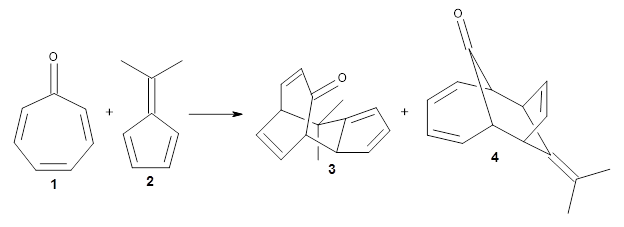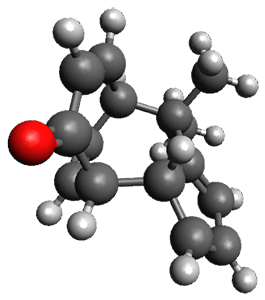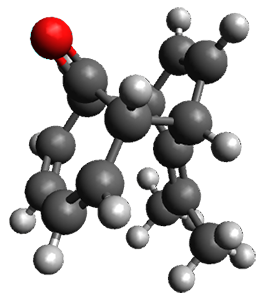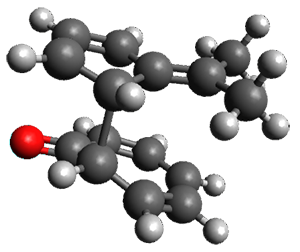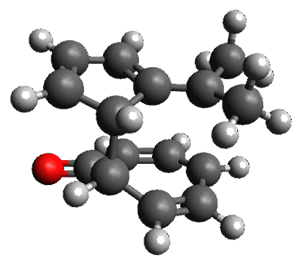I recently blogged about a paper arguing that modern density functional development has strayed from the path of improving density description, in favor of improved energetics. The Medvedev paper1 was met with a number of criticisms. A potential “out” from the conclusions of the work was that perhaps molecular densities do not fare so poorly with more modern functionals, following the argument that better energies might reflect better densities in bonding regions.
The Hammes-Schiffer group have now examined 14 diatomic molecules with the goal of testing just this hypothesis.2 They subjected both homonuclear diatomics, like N2, Cl2, and Li2, and heteronuclear diatomics, like HF, LiF, and SC, to 90 different density functionals using the very large aug-cc-pCVQZ basis set. Using the CCSD density as a reference, they examined the differences in the densities predicted by the various functional both along the internuclear axis and perpendicular to it.
The 20 functionals that do the best job in mimicking the CCSD density are all hybrid GGA functionals, along with the sole double hybrid functional included in the study (B2PLYP). These functionals date from 1993 to 2012. The 20 functionals that do the poorest job include functionals from all rung-types, and date from 1980-2012. A very slight upward trend can be observed in the density error increasing with development year, while the error in the dissociation energy clearly is decreasing over time.
They note that six functionals of the Minnesota-type, those that are highly parameterized and of recent vintage, perform very poorly at predicting atomic densities, but do well with the diatomic densities.
Hammes-Schiffer concludes that their diatomic results support the general trend noted by Medvedev’s atomic results, that density description is lagging in more recently developed functionals. I’d add that this trend is not as dramatic for the diatomics as for atoms.
They pose what is really the key question: “Is the purpose to approximate the exact functional or simply to provide chemists with a useful tool for exploring chemical systems?” Since, as they note, the modern highly parameterized functionals have worked so well for predicting energies and geometries, “the observation that many modern functionals produce incorrect densities could be of no great consequence for many studies”. Nonetheless, “the ultimate goal is still to obtain both accurate densities and accurate energies”.
References
1) Medvedev, M. G.; Bushmarinov, I. S.; Sun, J.; Perdew, J. P.; Lyssenko, K. A., "Density functional theory is straying from the path toward the exact functional." Science 2017, 355, 49-52, DOI: 10.1126/science.aah5975.
2) Brorsen, K. R.; Yang, Y.; Pak, M. V.; Hammes-Schiffer, S., "Is the Accuracy of Density Functional Theory for Atomization Energies and Densities in Bonding Regions Correlated?" J. Phys. Chem. Lett. 2017, 8, 2076-2081, DOI: 10.1021/acs.jpclett.7b00774.
